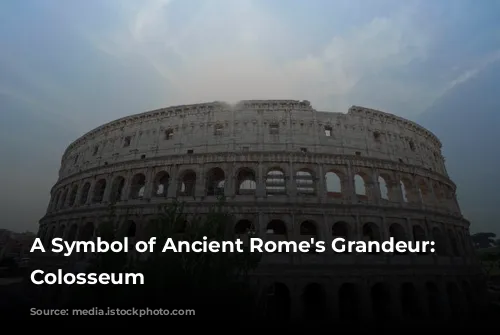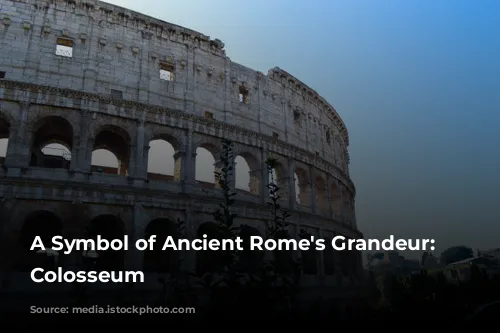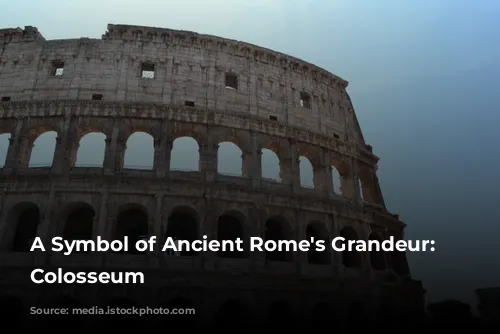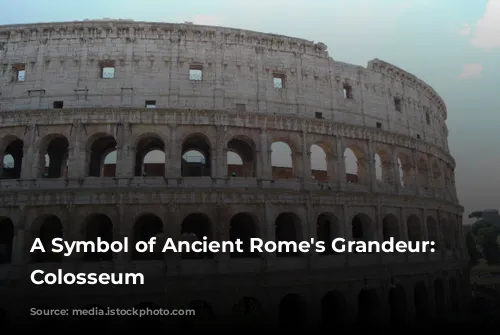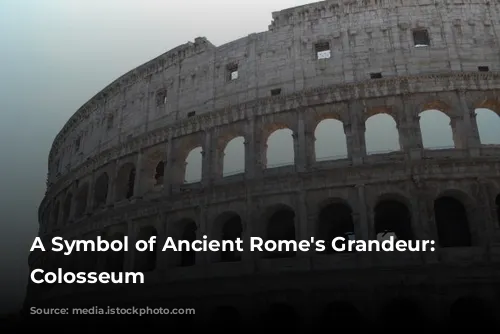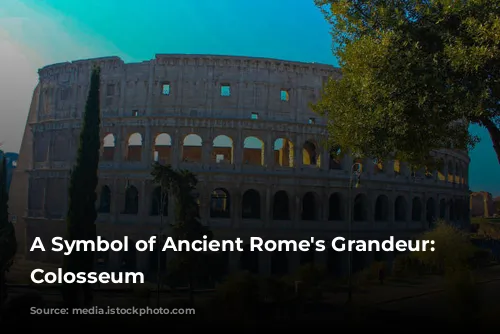Standing tall as one of the few well-preserved structures from the Roman Empire, the Colosseum stands as a testament to the architectural and engineering brilliance of ancient Rome. Not only a symbol of history, it’s also a vital contributor to the Italian economy, attracting millions of tourists each year. In 2018, the Colosseum, Roman Forum, and Palatine Hill collectively generated over $63.3 million (€53.8 million), surpassing all other tourist attractions in Italy.
The Colosseum’s history, however, is marked by both glory and neglect. After the fall of the Western Roman Empire, the arena fell into a state of disrepair. During the 12th century, it was repurposed by the Frangipane and Annibaldi families as a fortress. In the late 15th century, Pope Alexander VI allowed the Colosseum to be used as a quarry, stripping it of its valuable materials. After centuries of neglect, state-funded restoration efforts finally began in the 1990s, bringing the iconic monument back to life.
A Monument to Entertainment and Imperial Power
The Colosseum was built as part of a grand imperial project aimed at revitalizing Rome after the tumultuous “Year of the Four Emperors” in 69 CE. Emperor Vespasian, following his rise to power, envisioned the Colosseum as a center for entertainment, hosting spectacular events like gladiator fights, animal hunts, and even mock naval battles. The Colosseum was designed to be a symbol of imperial power and a way to entertain the Roman populace.
Construction began under Vespasian between 70 and 72 CE, and the finished structure was dedicated in 80 CE by his son and successor, Titus. The Colosseum’s fourth story was later added by Emperor Domitian in 82 CE. Interestingly, the funding for this monumental project came from the spoils of war – the plunder from Titus’s conquest of Jerusalem in 70 CE. The labor force was comprised of enslaved Jews from Judea, a sobering reminder of the empire’s brutality.
An Architectural Marvel
The Colosseum, also known as the Flavian Amphitheatre, is an elliptical structure constructed from stone, concrete, and tuff, rising to a height of four stories. It spans an impressive 620 by 513 feet (189 by 156 meters) and had the capacity to hold a staggering 50,000 spectators. The Colosseum’s most famous use was for gladiatorial combat, but it also hosted a variety of other public spectacles.
The Colosseum stands out from earlier amphitheaters, which were typically carved into hillsides for support. It’s a freestanding structure of stone and concrete, utilizing a complex system of barrel vaults and groin vaults. Three of its stories are adorned with arcades, framed by engaged columns in the Doric, Ionic, and Corinthian orders, a classic example of Roman architectural style.
A Glimpse into Roman Life
The Colosseum was meticulously designed for the comfort and entertainment of its massive audience. A massive retractable awning, known as a velarium, protected spectators from the sun. The velarium was supported by masts extending from corbels built into the upper story of the Colosseum, requiring hundreds of Roman sailors to manipulate the rigging. The Colosseum was the stage for countless spectacles, showcasing gladiatorial combats, animal hunts, and even mock naval battles. However, the claim that early Christians were martyred there is debatable and lacks concrete historical evidence.
Throughout history, the Colosseum has served various purposes, reflecting the changing times. In the Middle Ages, it was used as a church, then as a fortress by prominent families. However, the passage of time took its toll, and the Colosseum suffered from damage caused by lightning, earthquakes, vandalism, and pollution. The marble seats and decorative elements were gradually stripped away, turning the once-glorious arena into a quarry for over a thousand years.
A Monument Restored
The 19th century marked the beginning of serious efforts to preserve the Colosseum, with significant contributions from Pope Pius VIII. In the 1990s, a major restoration project was launched, breathing new life into this iconic monument. Today, the Colosseum remains one of Rome’s most popular tourist attractions, drawing close to seven million visitors annually. Regular exhibitions showcasing the culture of ancient Rome are held, providing visitors with a glimpse into the vibrant past of this powerful empire.
The Colosseum stands as a powerful reminder of the grandeur of ancient Rome. It’s a testament to the ingenuity of Roman engineers and architects, offering a window into the lives of the people who lived in this fascinating era. While it has weathered the storms of time, the Colosseum continues to inspire awe and wonder, captivating visitors from all corners of the globe.



